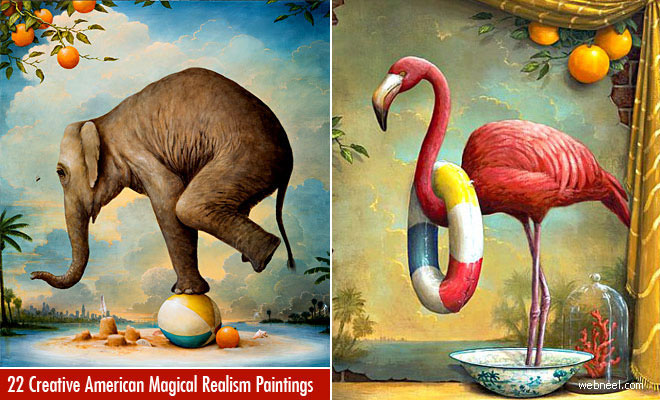

However, some of the most common characteristics of magical realism include: CharacteristicsĮvery story is different, and some might include certain elements that others lack. After the essay’s publication and the Cuban revolution of 1959, the term was regularly applied to a new type of literature that portrayed magical events in a matter-of-fact way. The term “magical realism,” as opposed to “magic realism,” first appeared in a 1955 essay by critic Angel Flores. Its most prominent writers appeared mainly in Argentina. Literary magical realism originated with Latin American authors who often traveled between their home countries and European hubs, where they were inspired by the Surrealist movement of the 1920s and 30s.īetween 19 magical realism reached its peak.

Note that magical realism is not quite the same as surrealism, which is primarily concerned with twisting the accepted realities of the mind and inner self. It’s easy to see how suggesting an alternative to accepted realities can be a powerful tool against political regimes. These magical and fantastical elements are often presented as “normal,” while our standard perceptions of “reality” are actually put into question. Magical realism is a genre can be found in most art forms, but the literary movement in particular was spearheaded by Latin American authors and is often read as a genre of political subversion.Īlso known as “marvelous realism,” magical realism paints a realistic view of the modern world while adding magical elements. Let’s take a look at how magical realism in literature started, as well as some of its most notable authors and works. In order to foster a deeper understanding and appreciation of any genre, it helps to know its origins and purpose. You might know magical realism as a genre that was spearheaded in Latin America by talented writers like Gabriel García Márquez, but few understand the movement’s origins and its power to inspire political change.


 0 kommentar(er)
0 kommentar(er)
